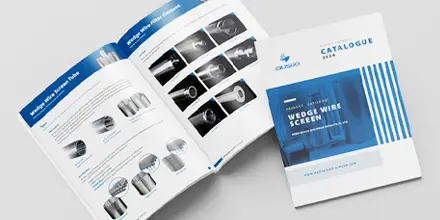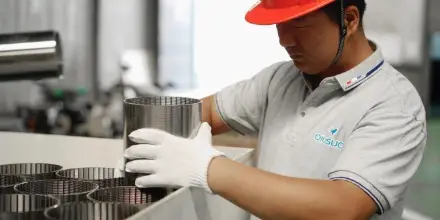- Home
- Products
- Industries
 Industrial Filtration
Industrial FiltrationWedge wire products play good filtering and separating performance in various industrial productions. They let projects smoother and cleaner.
- Capacities
- Service
 Strong Support
Strong SupportProfessional articles, complete catalogues and efficient RFQ forms let our communication and cooperation more smooth and efficient
- Selection Guide
 Selection Guide
Selection GuideFollow our wedge wire selection guide to choose the wedge wire products step by step to save your value time and effort.
- About
 About Qiusuo
About QiusuoWe are professional and dedicated in wedge wire products manufacturing and researching. We will help you efficient projects with our qualified products and complete solutions.
- Contact





















